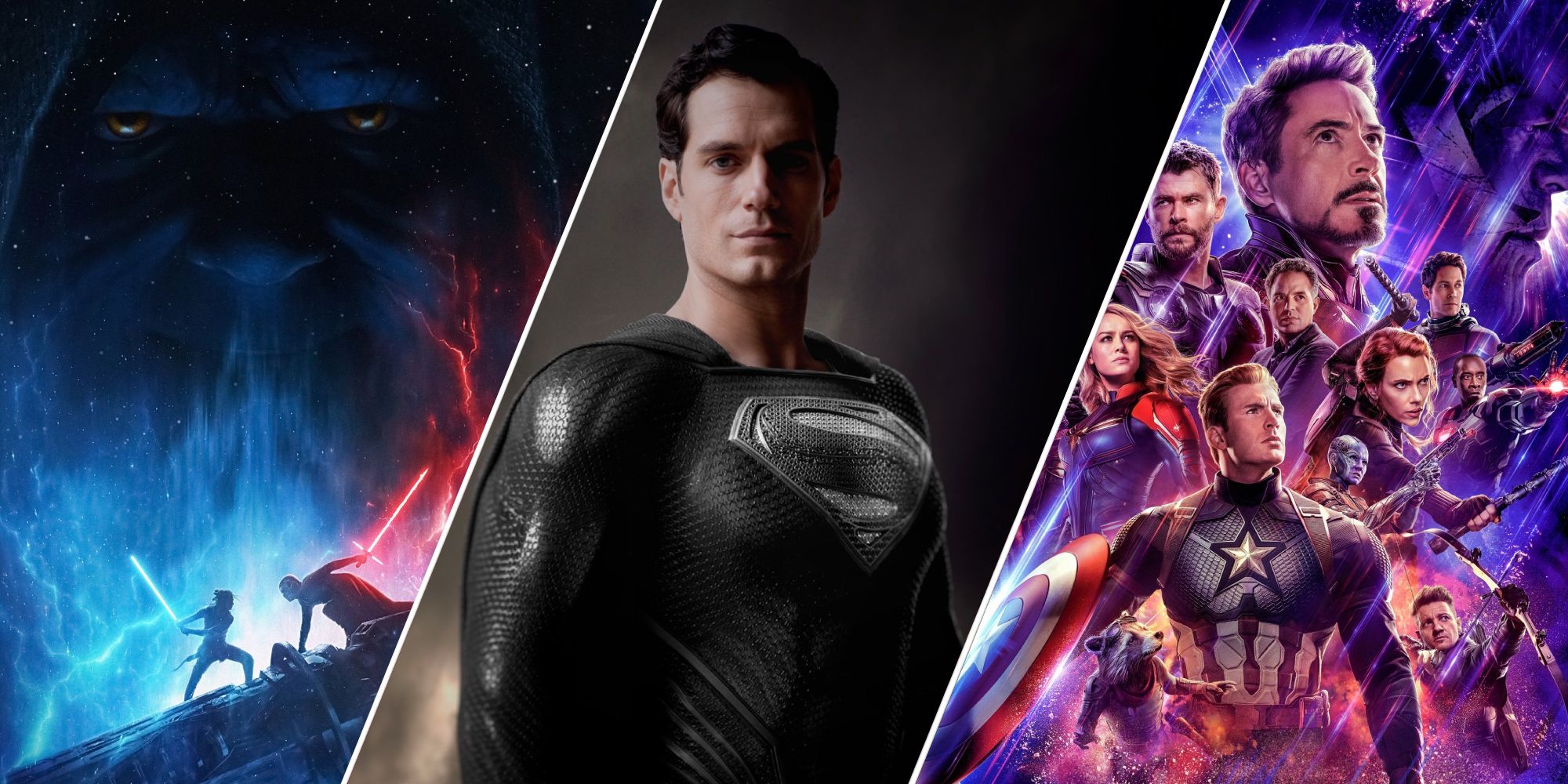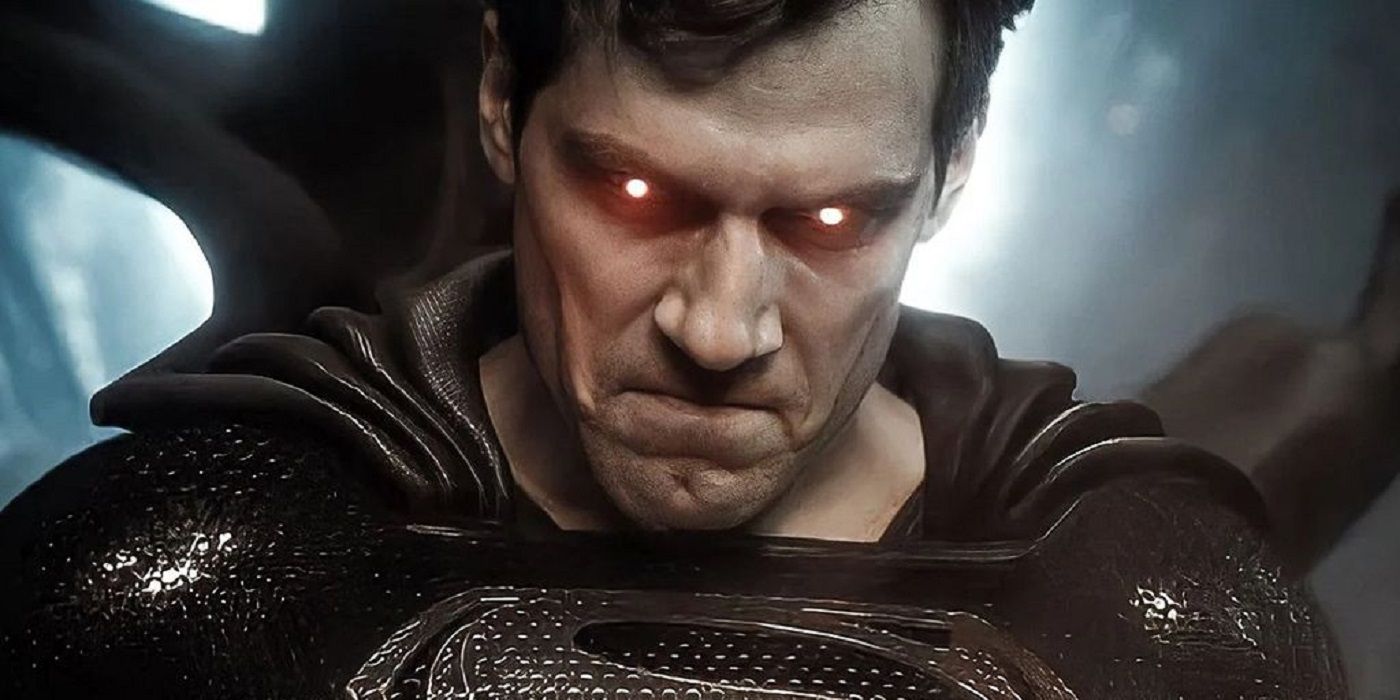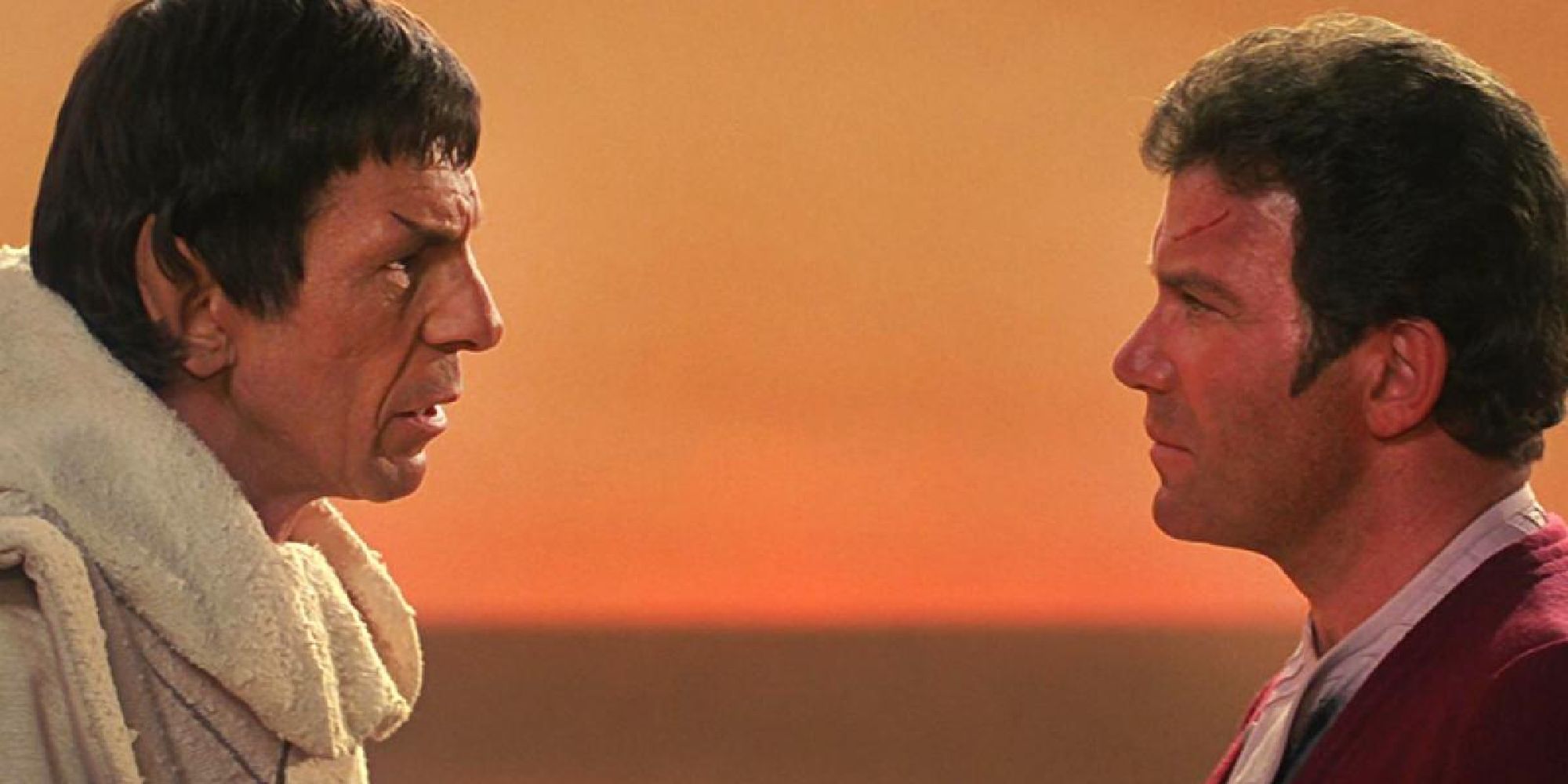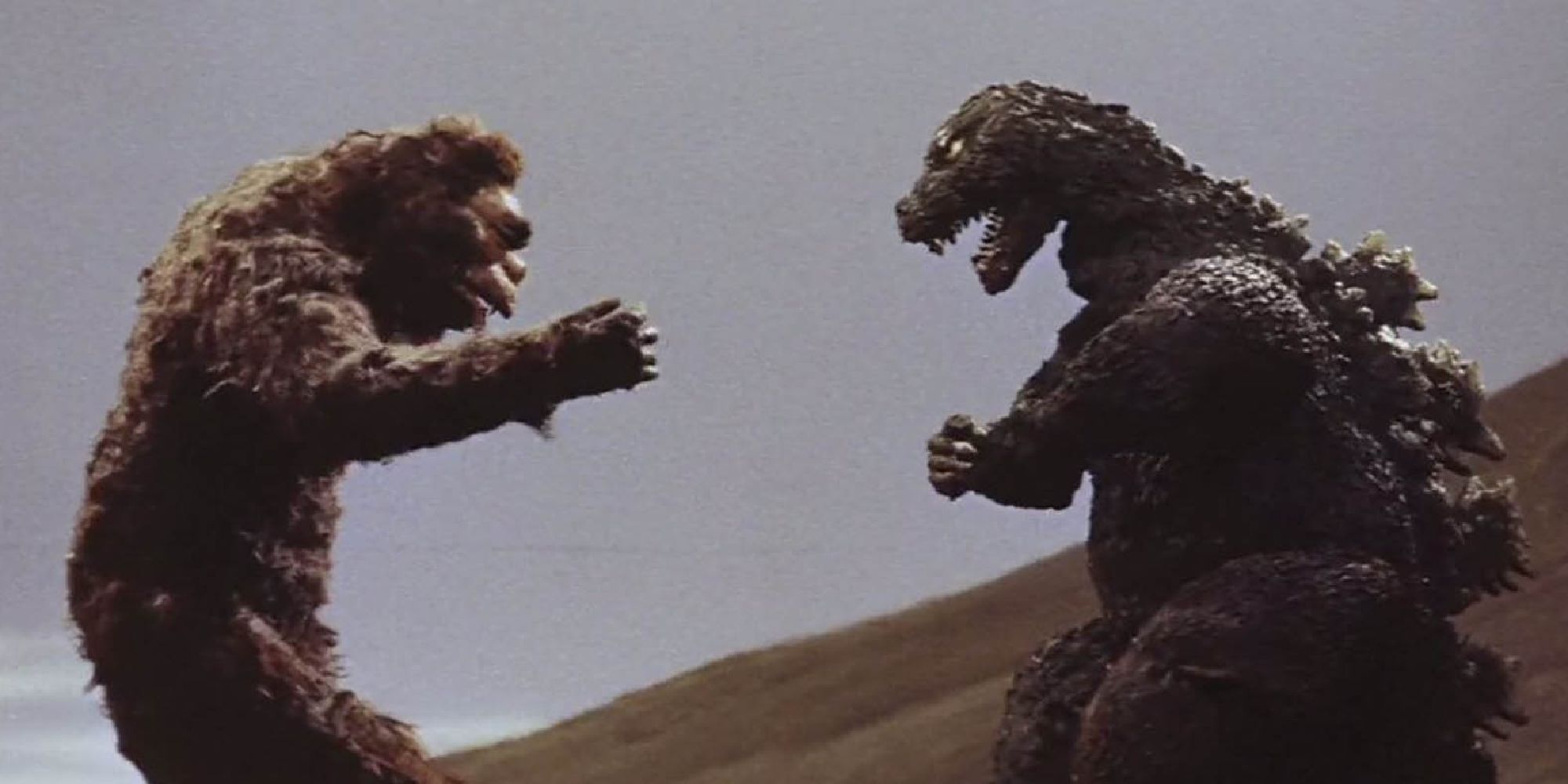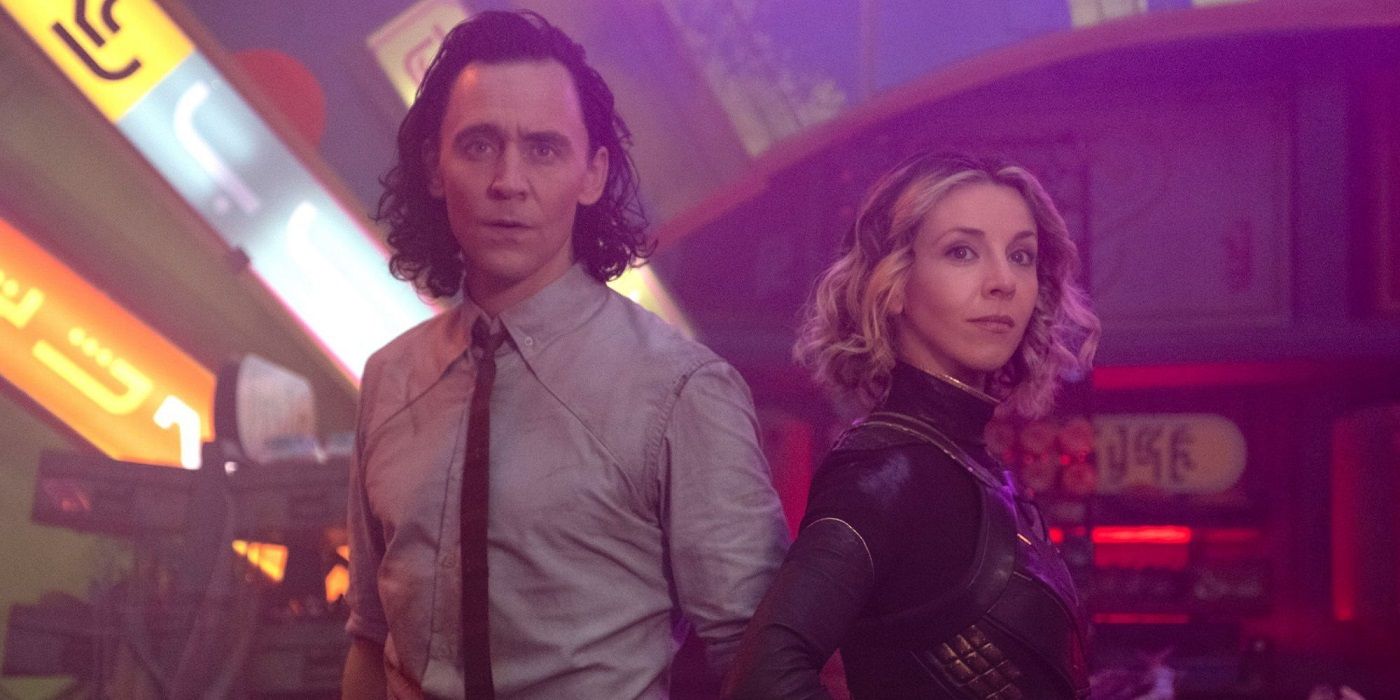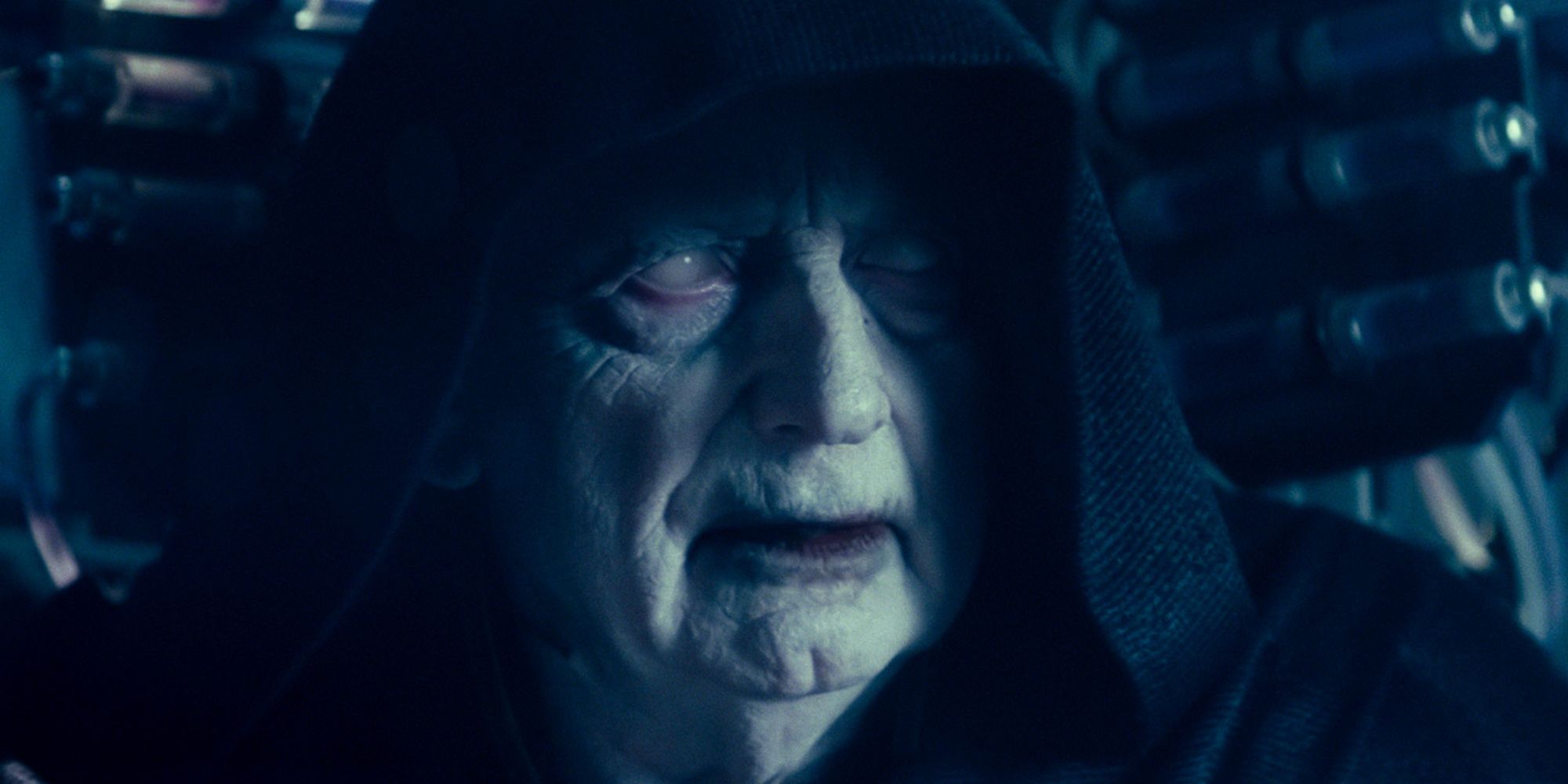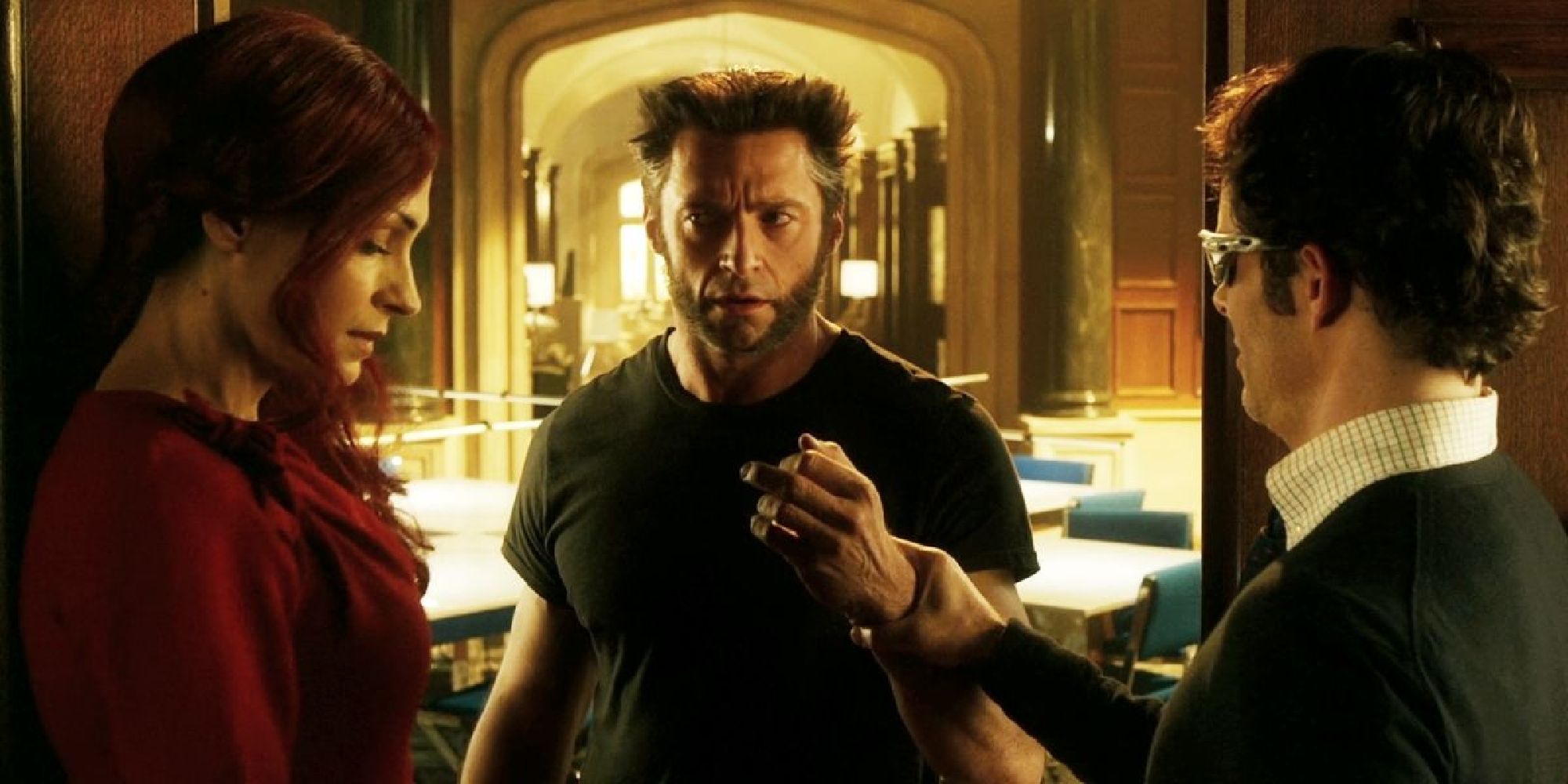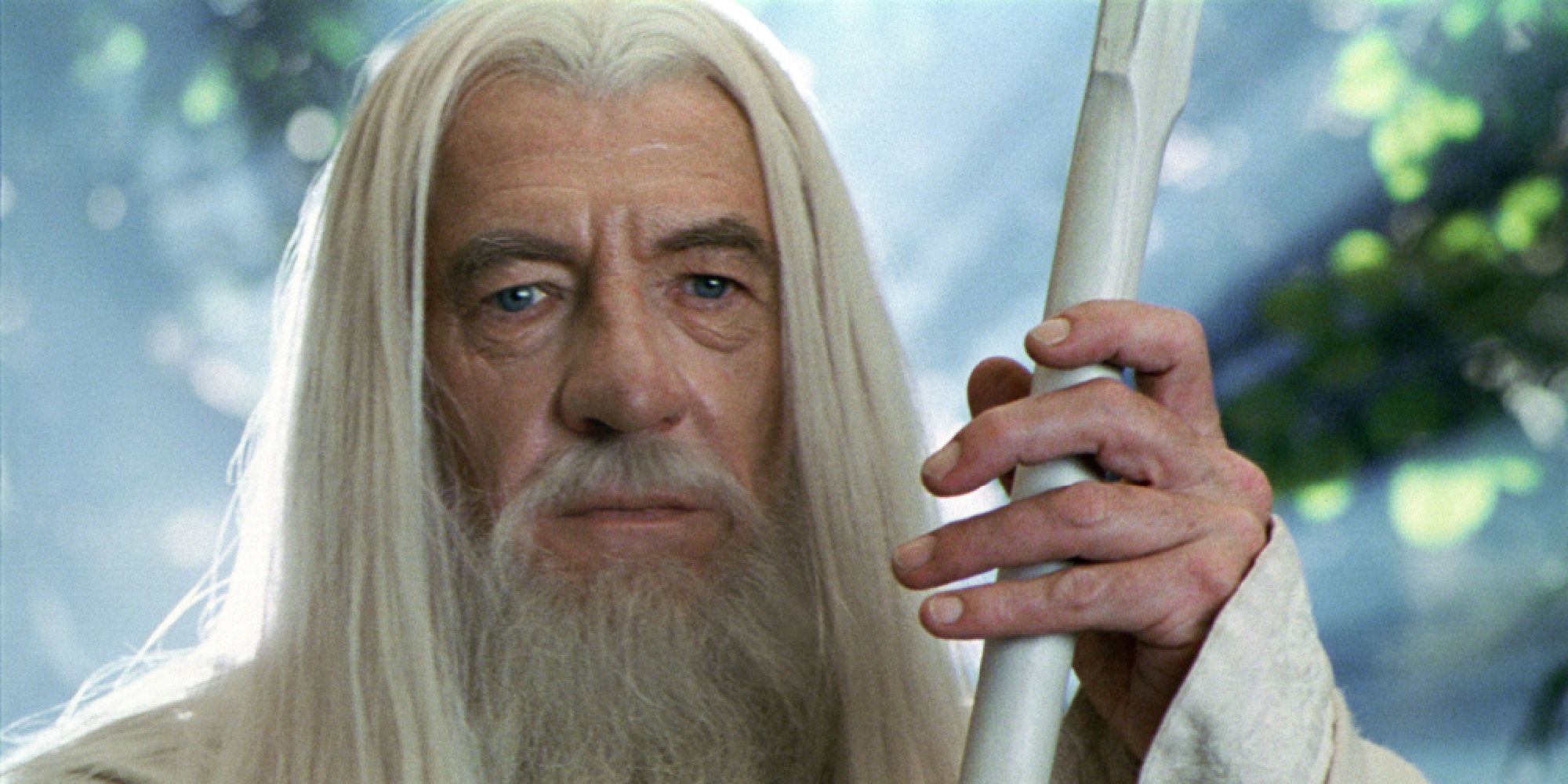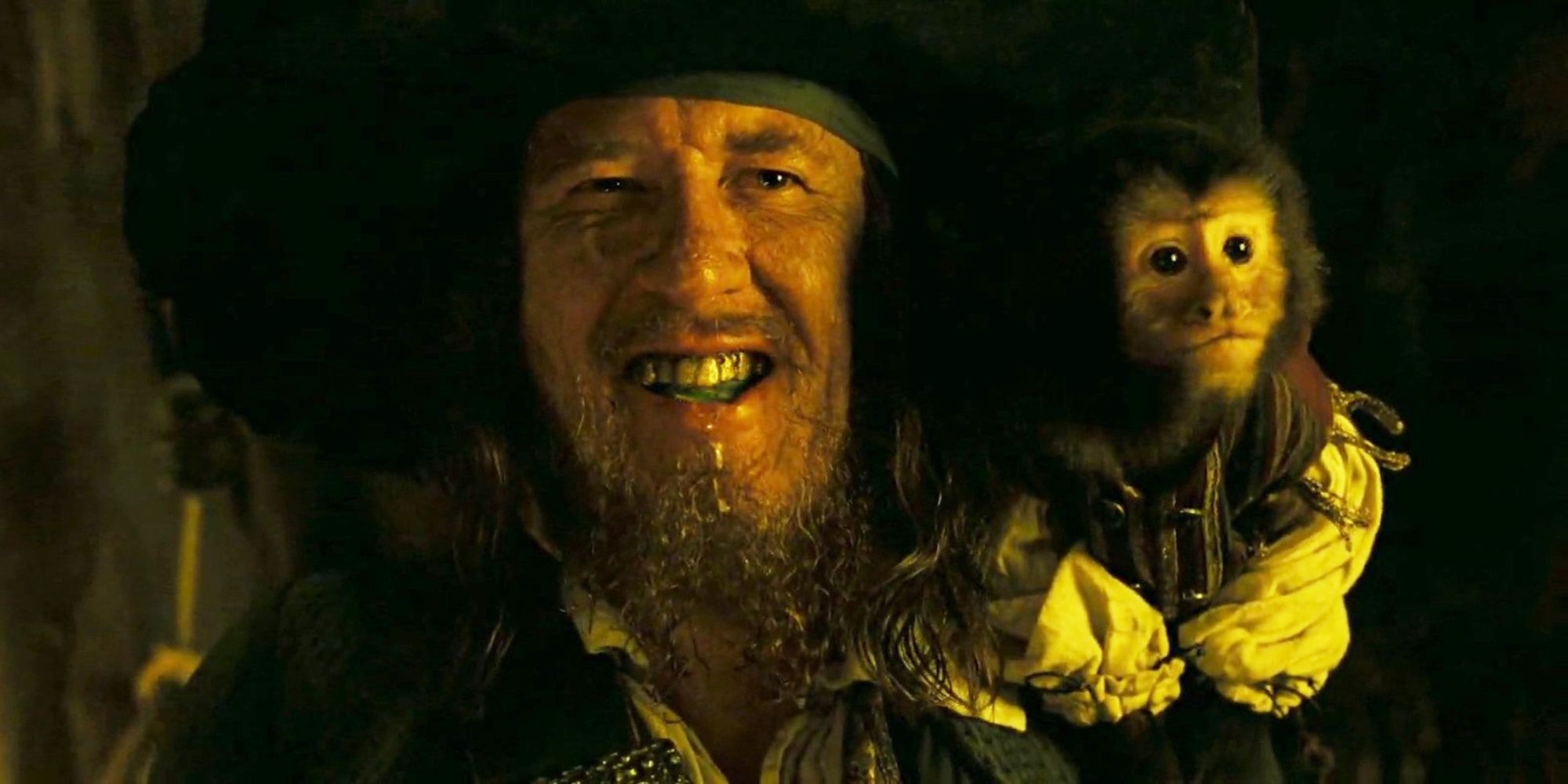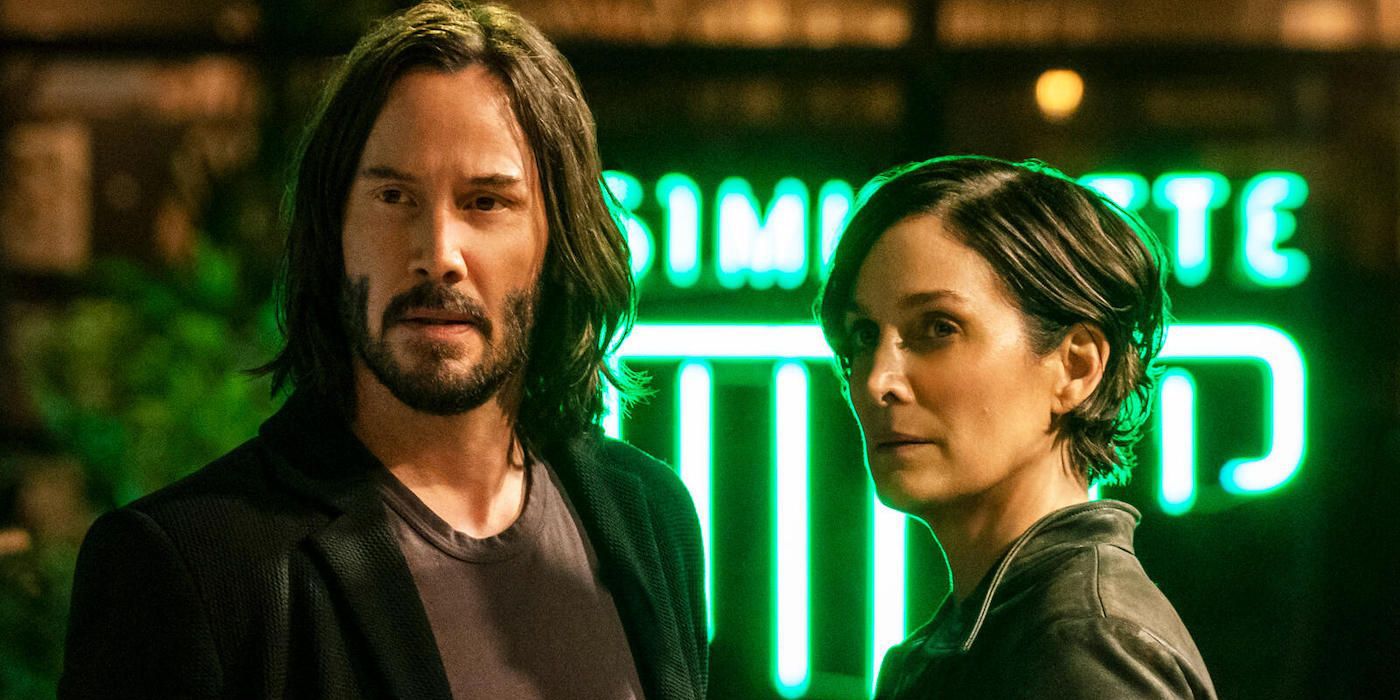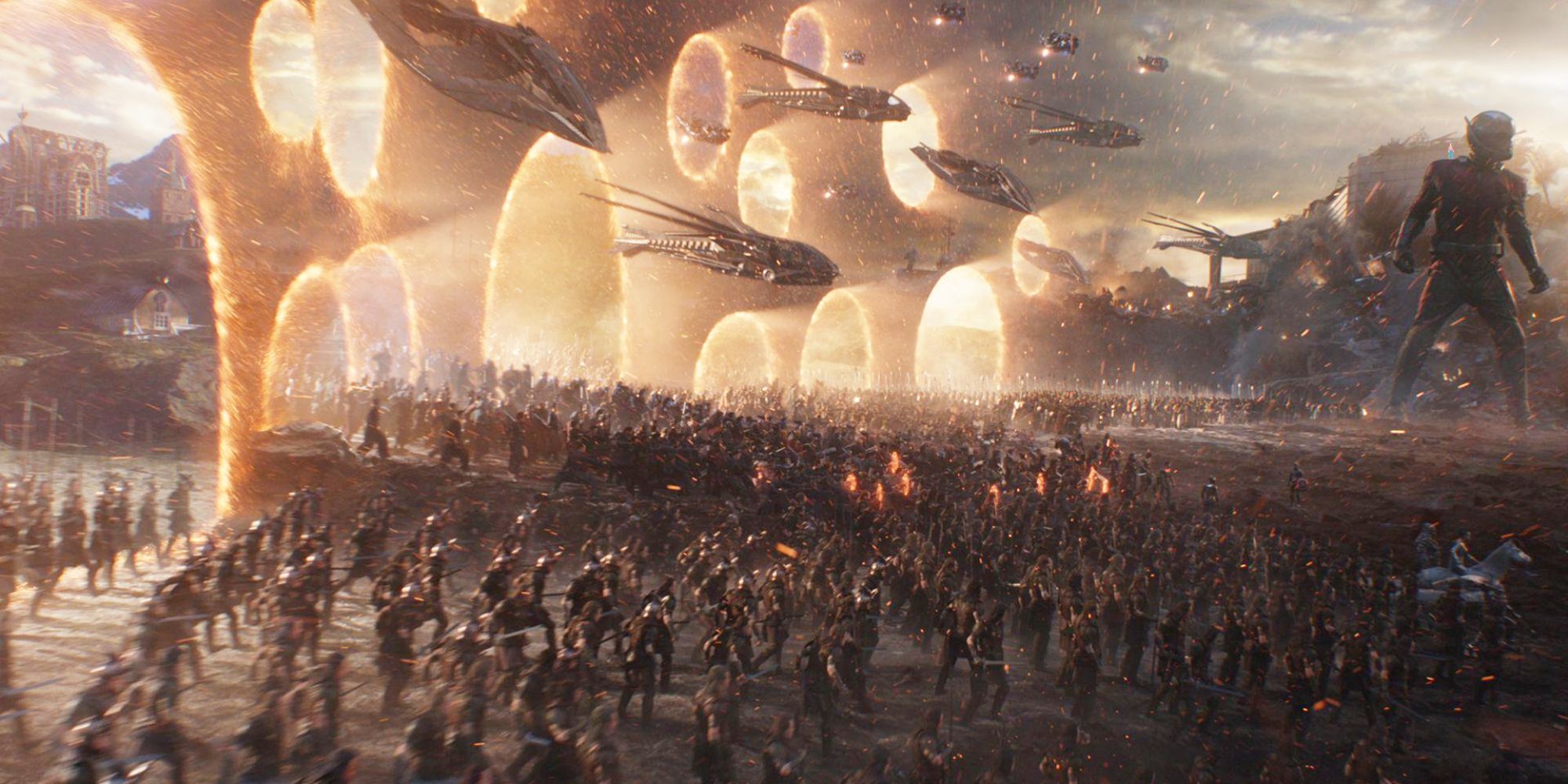It seems as though being a popular character is one way of achieving immortality in a movie. It's not too surprising to see a character come back from the dead if that character was beloved or iconic enough, with horror movies in particular coming up with all sorts of excuses to keep characters around. This especially applies to legendary horror movie villains, like Freddy Krueger, Michael Myers, and Jason Voorhees.
Other genres also feature deaths followed by resurrection, though. When it comes to blockbuster movies with fantasy or science-fiction elements, impermanent deaths also seem to be pretty common. There are some notable sequels that allowed characters to "stay" dead for a certain period of time before they returned, so it's fair to say that these characters were genuinely dead for some time. But unlike real life, their deaths weren't permanent, and succeeding films gave them another shot at life.
Superman in 'Zack Snyder's Justice League' (2021)
Batman v Superman: Dawn of Justice was definitely an interesting movie. It was big, loud, and messy, but certainly not without its impressive elements. When it focused on pitting Batman and Superman against each other, it delivered, and while the two are allies by the film's climax, Superman ends up sacrificing himself to defeat Doomsday.
By the time Justice League came around - both the infamous 2017 version and the more well-received Zack Snyder's Justice League (2021) - it came time to bring Superman back. He's too iconic a character to stay dead, and the other heroes needed him, due to the threat posed by Steppenwolf and Darkseid. Due to Henry Cavill's popularity in the role, most seemed fine with Superman's fairly brief death.
Spock in 'Star Trek III: The Search for Spock' (1984)
Even with the knowledge that his death doesn't last too long, Spock's death in Star Trek II: The Wrath of Khan still stands as one of the most memorable sequences in the original TV/film series. It's a death that feels meaningful and permanent, due to the sacrifice Spock makes before dying, as well as the fact they give him a bittersweet funeral in the film's closing scene.
Leonard Nimoy had originally wanted his character to stay dead after the events of The Wrath of Khan, but regained his desire to continue portraying the character while making it. Nimoy himself even ended up directing Star Trek III: The Search For Spock, which unsurprisingly became about bringing Spock back from the dead.
King Kong & Godzilla in 'King Kong vs. Godzilla' (1962)
King Kong and Godzilla are without a doubt the two most iconic giant monsters in cinema history. As such, the first time they shared the screen in 1962 was a big deal, as this over-the-top film pits the USA's most famous monster against Japan's most famous monster in a spectacularly goofy film.
Sure, each character was shown to die in movies released before King Kong vs. Godzilla, but who cares? It's worth bringing two giant monsters back if they get to fight and continue wreaking havoc on screen. Death might be cheap in giant monster movies, but if the monsters are cool enough, impermanent death scenes are unlikely to bother the fans.
Loki in 'Loki' (2021)
It's almost a running joke how many times Loki has died in the MCU so far. He appeared to die in both the first and second Thor movies, and then seemed to suffer a more permanent, violent death during the shocking opening scene of Avengers: Infinity War.
It was a shocking moment, but didn't spell the true end for the character. Thanks to the time travel storyline in Avengers: Endgame, a past version of Loki escaped from his timeline, and is now alive and well in his Disney+ spin-off show, Loki. Now, the question is how long will it take for him to seemingly die again?
Emperor Palpatine in 'Star Wars: The Rise of Skywalker' (2019)
On paper, maybe bringing back Emperor Palpatine for the ninth Star Wars film, The Rise of Skywalker, didn't seem like a bad idea. After all, Palpatine emerges as the primary villain of both the original trilogy and the prequel trilogy, and Ian McDiarmid is always fun in the role, so the conclusion of the Skywalker Saga bringing him back could have been cool.
Unfortunately, the series did a bad job of explaining his resurrection or properly setting it up. Even just some hints in the other sequel trilogy movies that it could happen would've been nice, but it really came out of nowhere. His return should have been beloved by all Star Wars fans, but the execution of bringing this character back after seemingly being dead for 30+ years was poorly done.
Cyclops, Jean Grey, & others in 'X-Men: Days of Future Past' (2014)
One reason that 2007's X-Men: The Last Stand isn't looked upon fondly is because it abruptly kills off so many characters. Character deaths can help a story, but most seem to agree that The Last Stand doesn't handle those deaths well. As such, a big part of 2014's X-Men: Days of Future Past became about fixing The Last Stand's mistakes.
Thanks to its time travel storyline, Days of Future Past manages to bring back numerous characters who were anticlimactically killed, including Professor Xavier, Jean Grey, and Cyclops. Since The Last Stand wasn't beloved, very few protested the way this cheapened their deaths, and the film was seen as another successful course correction for the franchise, after the similarly strong X-Men: First Class (2011).
Gandalf in 'The Lord of the Rings: The Two Towers' (2002)
Out of all the movies in The Lord of the Rings trilogy, the first film - The Fellowship of the Ring - is the one where characters feel most in danger. The beginning of the quest to destroy the One Ring gets off to a rocky start, with two members of the fellowship - Gandalf and Boromir - dying before the fellowship itself is broken, and the members of it go their separate ways.
Seeing as Boromir is played by the frequently killed Sean Bean, he stays dead. However, Gandalf is luckier, being resurrected as Gandalf the White, after his seemingly fatal fight with the Balrog in the first film. Given it means more screentime for Ian McKellen, few would take issue with this happening.
Barbossa in 'Pirates of the Caribbean: Dead Man's Chest' (2006)
The Pirates of the Caribbean series plays fast and loose with the rules of death, sometimes in a manner that's convoluted and confusing. It's expected, after all, given it's a film series with plenty of fantasy and supernatural elements, and has its first film feature undead pirates as the antagonists. Heroes and villains alike seem to rarely stay dead here.
Barbossa best exemplifies this, given he seemed to die in the first film, and then was revealed to have come back from the dead at the very end of the second film, Dead Man's Chest. That movie also ends with Jack Sparrow seemingly dying, but due to strange, convoluted circumstances, it's not a real death, and he's rescued in the third film.
Neo & Trinity in 'The Matrix Resurrections' (2021)
It's no surprise that a movie called The Matrix Resurrections features more than a little resurrecting. The first Matrix movie that was only directed by one of the Wachowski siblings (Lana) takes the series in an interesting (and very meta) direction after 2003's divisive The Matrix Revolutions.
That film saw the deaths of both Neo and Trinity, which left many Matrix fans cold. Resurrections takes some interesting turns in bringing them back, doing so in a way that makes sense within the film's world, and doesn't necessarily cheapen their prior deaths. It's not a perfect film, but it does at least handle the Resurrections of its title well.
Half the universe in 'Avengers: Endgame' (2019)
Avengers: Infinity War concluded with a shocking scene where Thanos got what he wished for, and half of all life in the universe was erased in an instant. Given so many beloved heroes were killed during this scene, it became clear that the next film would have to be about how they're brought back.
Indeed, when Avengers: Endgame came around, the surviving heroes devised a plan to bring back the dead, and life in the universe was restored. Sacrifices were made in the process - ultimately giving Endgame a bittersweet ending - but quite literally billions of people were brought back to life by the end.

